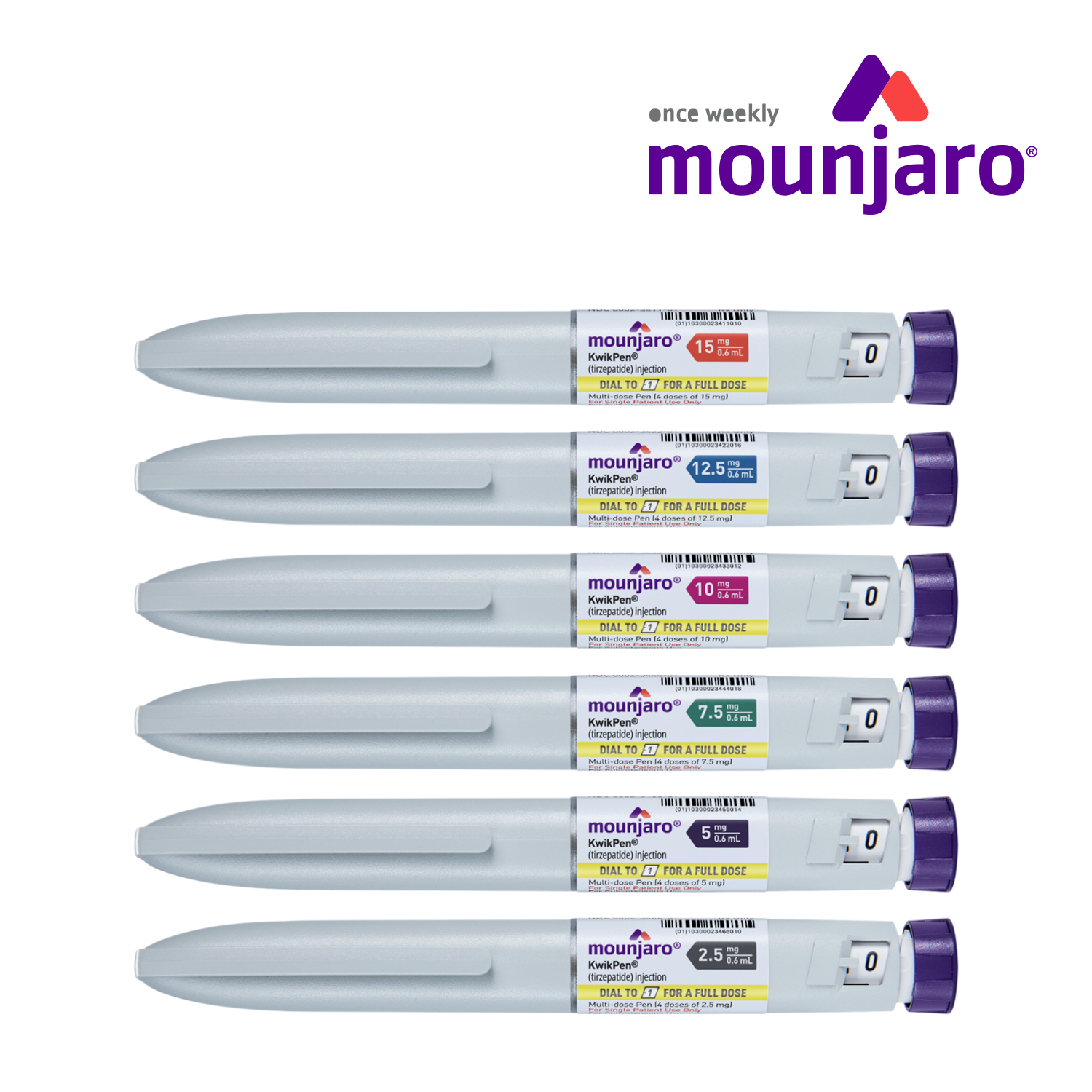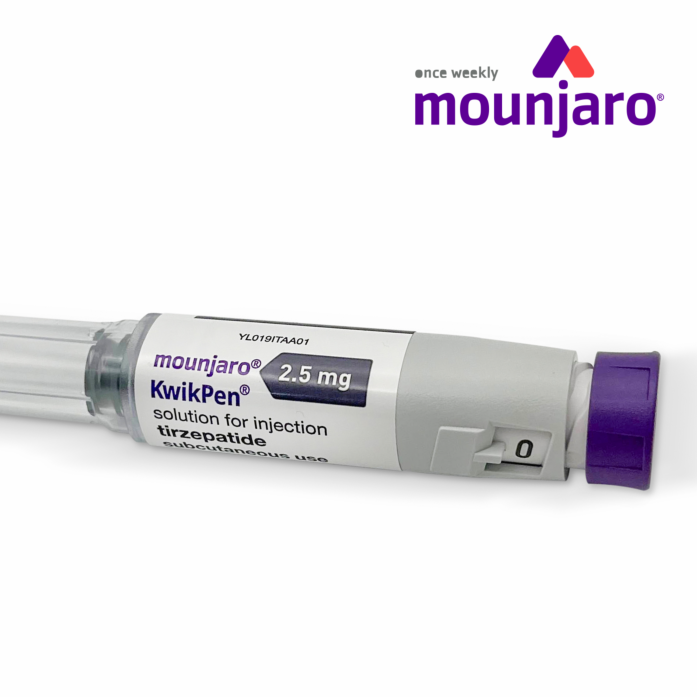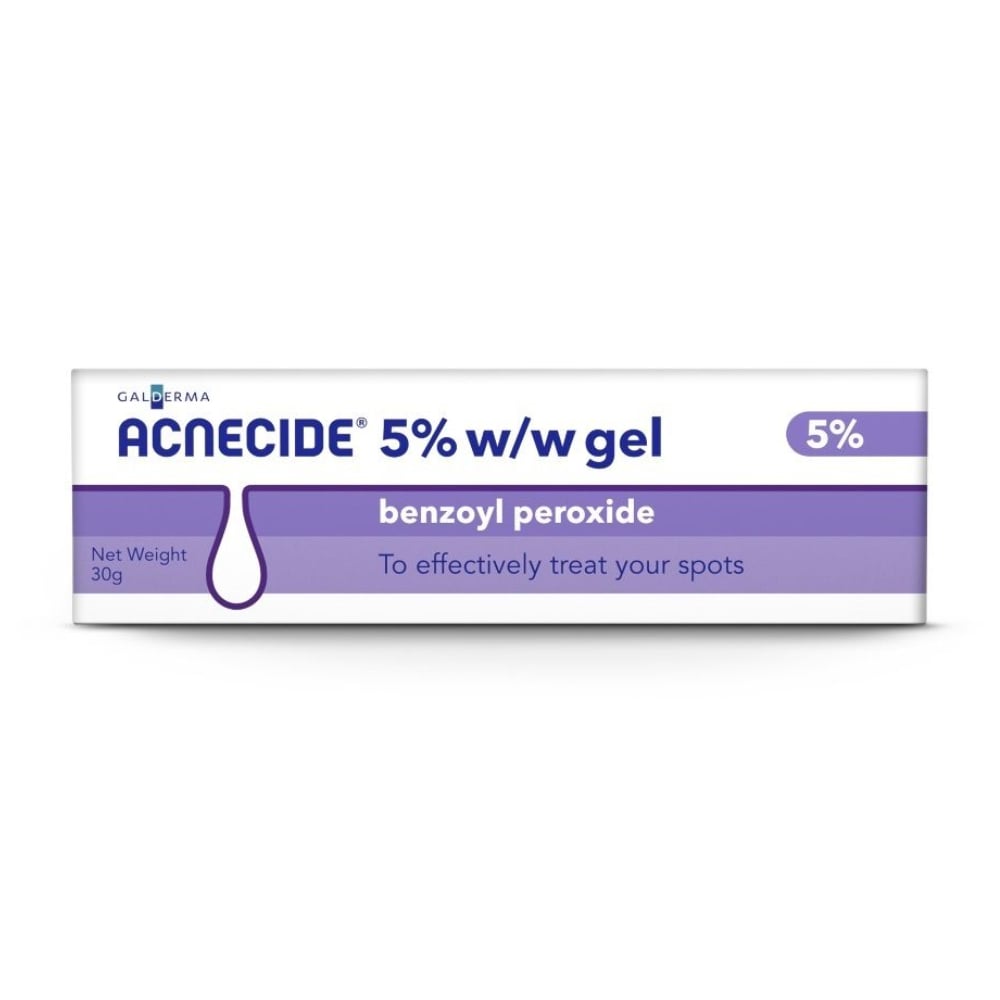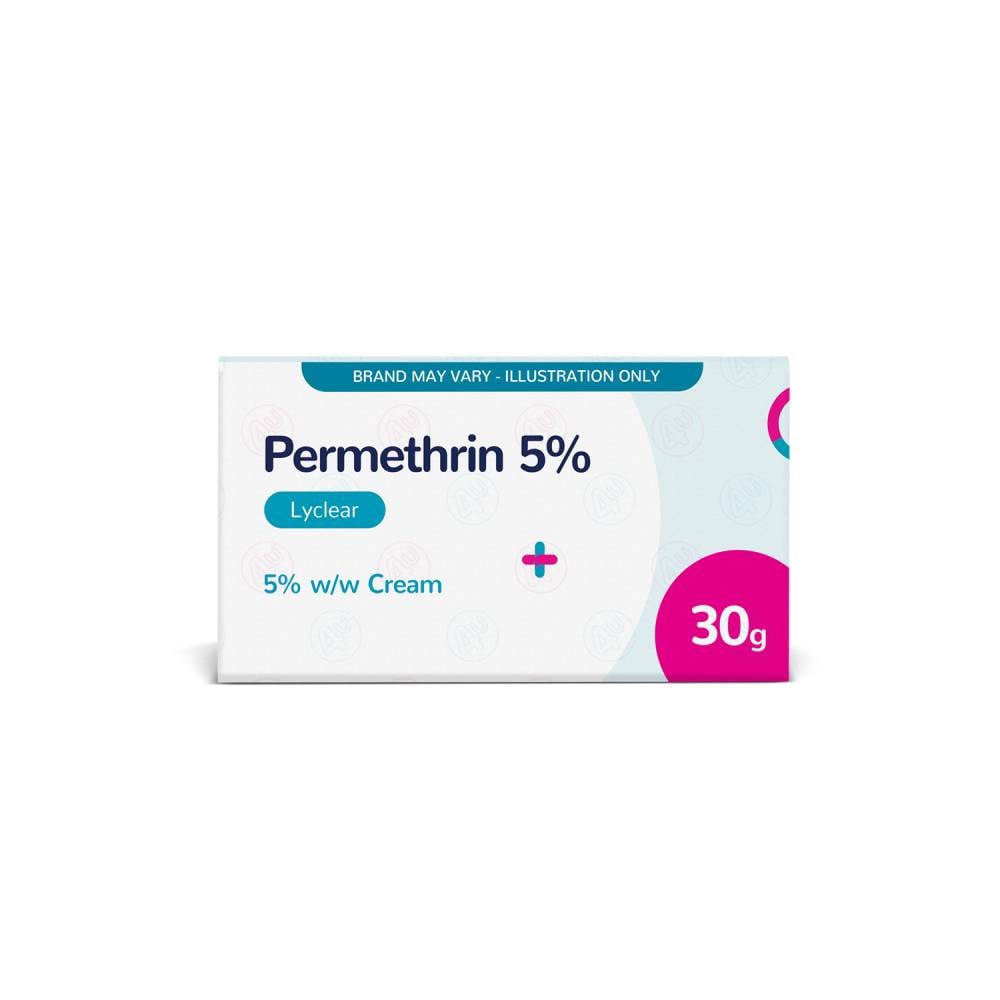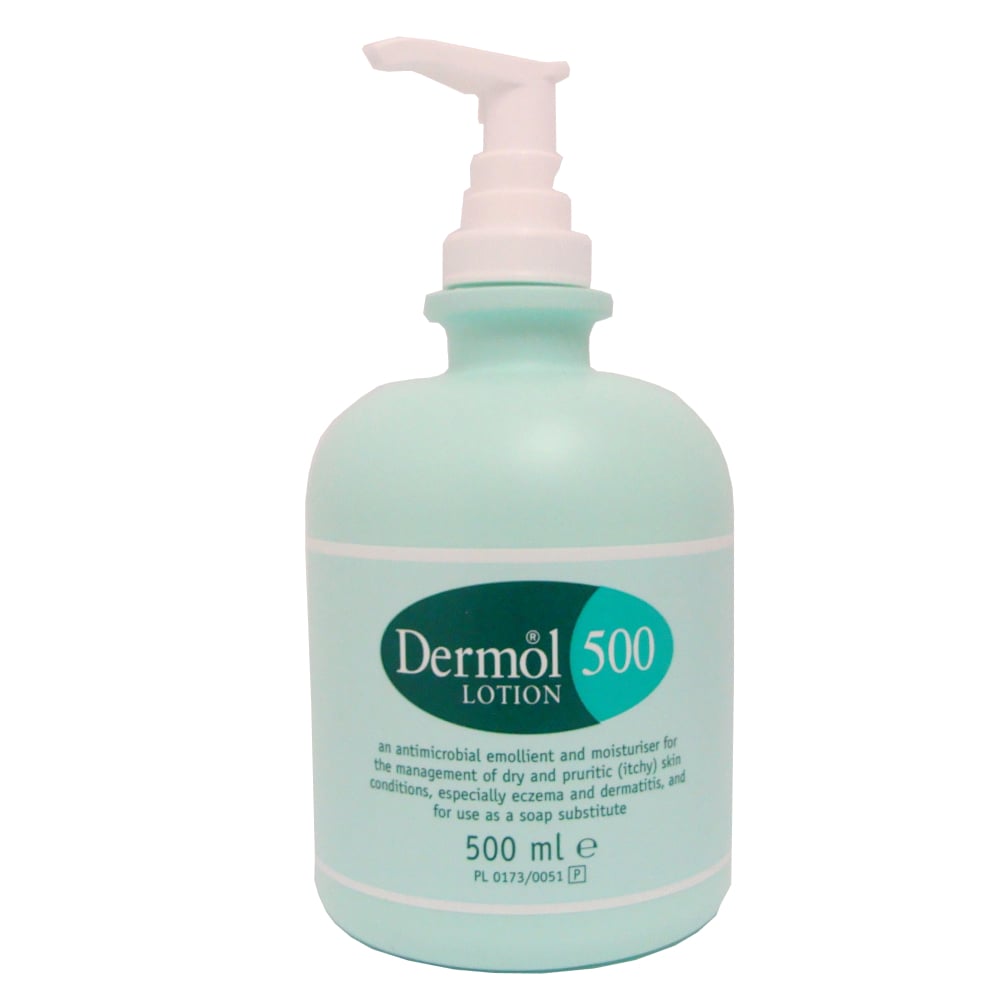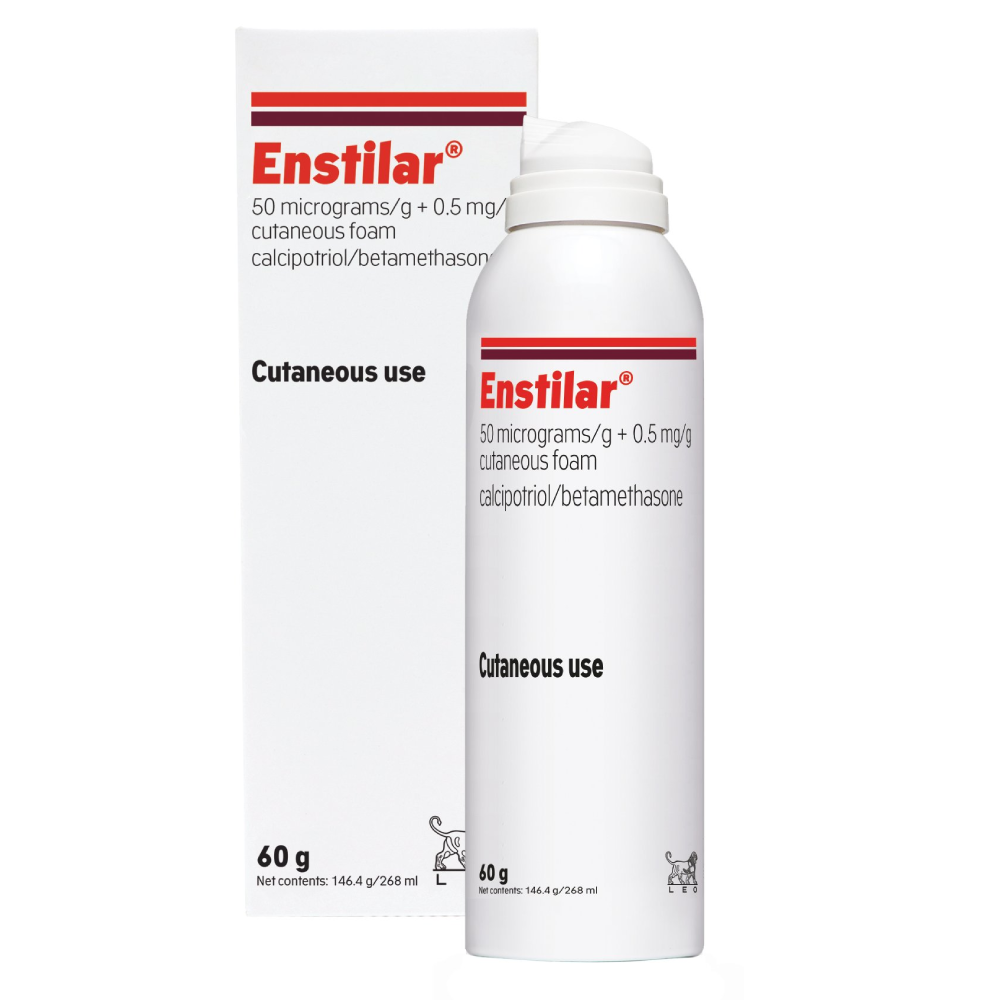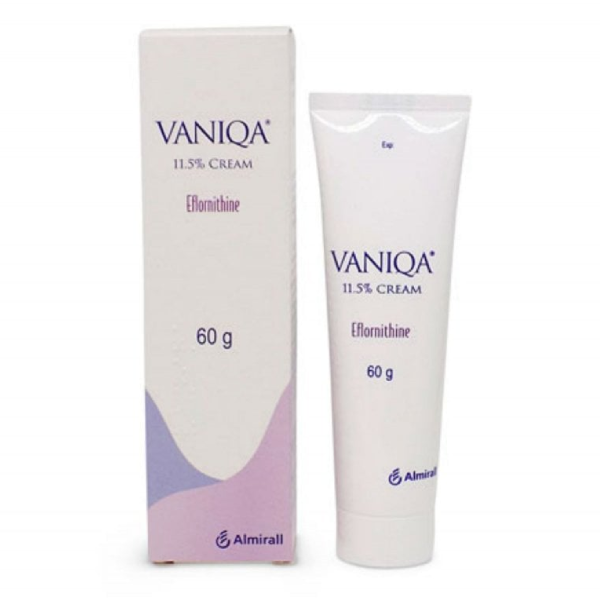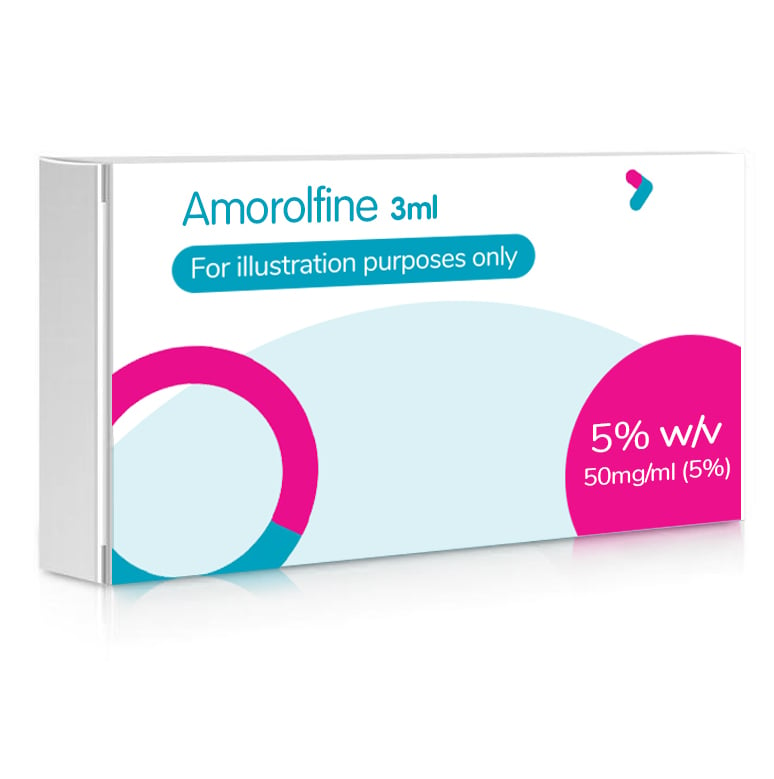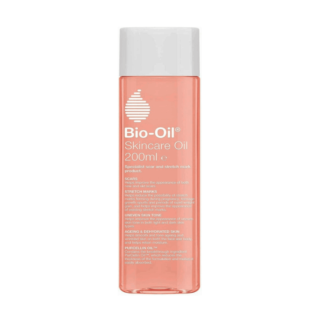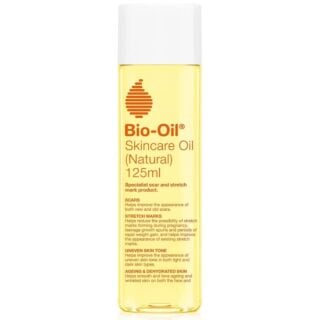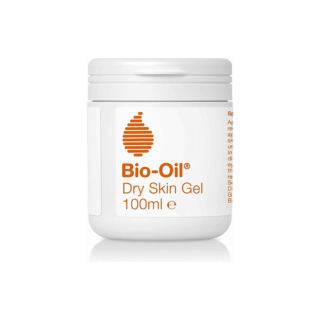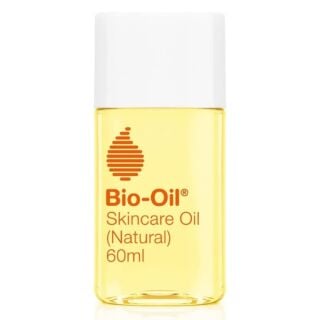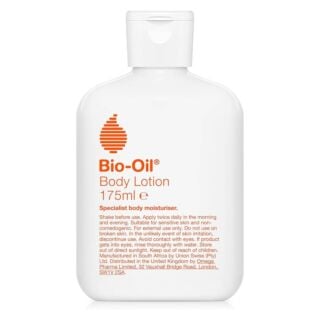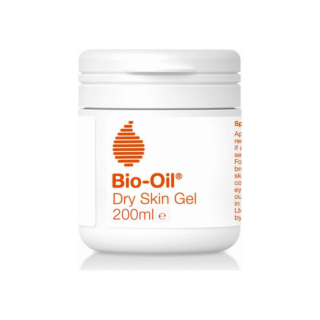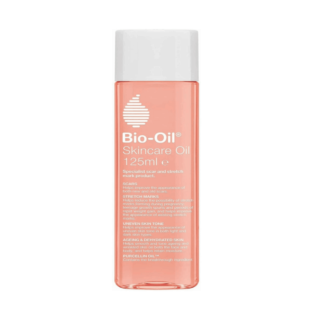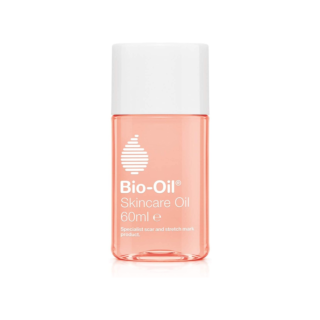Scars & Marks
Scars and marks are a natural part of your skin’s healing process. They usually form after an injury or surgery and while they’re harmless in most cases - scars can sometimes cause discomfort and affect confidence. … Read More See less
From small acne and burn scars to raised keloid scars and surgical marks like C‑section scars, there are many ways which marks can appear on the skin. The good news is there are treatments available to help improve their appearance and minimise their look over time.
What is a scar?
A scar is an area of fibrous tissue that replaces normal skin after an injury. When your skin is damaged, your body quickly works to close the wound and repair itself. It does this by producing scar tissue made of collagen.
This repair tissue often looks and feels different from the surrounding skin, which is why scars can be raised, flat, sunken, lighter or darker than the rest of your complexion.
Scars can result from cuts, burns, surgery, acne or even minor scratches - and their final appearance will depend on how your skin heals during recovery.
How common are scars and marks?
Scars and marks are very common, and most people will develop at least one during their lifetime.
While many marks fade over time, others can remain visible leading people to explore treatments to improve their appearance.
Types of scars
Scars can look and feel very different depending on the cause of the injury and how your skin heals.
Some are flat and pale, while others are raised, thick or sunken.
Understanding the type of scar you have can help you choose the most suitable treatment – so here we explore some common types:
Acne scars
Acne scars develop when inflamed spots damage the skin’s tissue during healing.
They can appear as pitted marks known as ice pick scars, rolling scars with a wavier texture or as discoloured flat patches.
Many people find that treatment options such as creams or professional procedures can help improve the appearance of acne scars.
Keloid scars
A keloid scar forms when the body produces too much collagen during healing, creating a raised, thick area of scar tissue that can extend beyond the original wound.
They may be itchy or uncomfortable and can develop weeks, months or years after the initial incident. Any discomfort usually eases once it’s finished growing.
Hypertrophic scars
Hypertrophic scars are also raised but remain within the boundaries of the original injury.
They often appear red or dark at first and may flatten over time, although treatment can help speed up this process.
C‑section scars
A C‑section scar is a type of surgical scar that forms across the lower abdomen after a caesarean birth.
These scars can be flat, raised or thickened and in some cases a keloid or hypertrophic scar may form in the same area.
Other common scar types
Other scars include burn scars - which may be raised or tight - and surgical scars from various procedures.
Even minor injuries can leave a visible mark though, depending on your skin type and how your body heals.
Symptoms and signs of different scars
Scars and marks can vary widely in how they look and feel. Some are barely noticeable, while others are more visible and may even feel uncomfortable.
Common signs to look for include:
- Changes in skin colour – scars may appear red, pink, brown or simply lighter than the surrounding skin
- Texture differences – some scars are smooth and flat while others are raised, thick or sunken
- Tightness or restricted movement – larger scars such as burn scars can sometimes limit flexibility in the affected area
- Itchiness or tenderness – fresh scars - particularly keloid or hypertrophic scars - can feel itchy and sore
- Size changes over time – scars may shrink, fade or gradually get larger - especially in the case of keloid scars
Keloid on a scar: what you need to know
A keloid can develop when the skin produces excess collagen during healing, creating a raised area of scar tissue.
Unlike other scars - keloids can grow beyond the edges of the original wound and may continue to thicken over time.
Sometimes, a keloid forms directly on top of an existing scar - for example over a surgical or c-section scar. These can appear firm, smooth or shiny and may cause itchiness or discomfort.
While keloids are harmless, many people choose treatment to reduce their size and improve the overall appearance.
Scar treatment options
The best treatment for a scar depends on its type, age and how your skin responds to healing.
While some scars fade naturally over time, others may benefit from targeted products or procedures to improve their appearance.
- Acne scar treatment aims to smooth uneven texture and even out skin tone. Options include scar creams, nourishing oils like Bio‑Oil, silicone-based gels or tapes. Professional treatments such as chemical peels or microneedling may also help reduce pitted or discoloured marks.
- Keloids on the other hand can be more challenging to treat, as they may return after removal. Options include steroid injections or laser therapy to flatten the scar alongside gels and creams. In some cases, surgical removal may be considered - but this carries a risk of the keloid reforming and possibly growing back larger.
- Surgical scars including C‑section scars, hypertrophic scars and burn marks may require consistent use of scar creams or oils to help soften tissue and reduce visibility.
Protecting scars from sun exposure can also prevent further discolouration.
When to seek medical advice
Most scars are harmless, but sometimes they can cause discomfort or show signs of infection. You should see your GP if:
- You have a scar that’s painful or bothering you
- You’re concerned about the appearance of a scar and want to explore treatment options
Seek urgent medical advice if:
- A scar is swollen or increasingly painful
- A scar feels warm to the touch
- Pus is coming out of the scar
A healthcare professional can recommend suitable treatments and rule out any underlying issues.
Sources
- https://www.hopkinsmedicine.org/health/conditions-and-diseases/scars
- https://my.clevelandclinic.org/health/diseases/11030-scars
- https://www.phiclinic.com/get-rid-of-scars https://www.london-dermatology-centre.co.uk/blog/acne-scar-treatment-guide/
- https://www.nhs.uk/conditions/keloid-scars/
- https://my.clevelandclinic.org/health/diseases/21466-hypertrophic-scar
- https://www.healthline.com/health/pregnancy/c-section-scar
- https://www.nhs.uk/conditions/scars/ https://rtwskin.co.uk/dermatology/skin-disorders/acne-scarring/
- https://www.mayoclinic.org/diseases-conditions/acne/expert-answers/acne-scars/faq-20058101
- https://www.alhydran.co.uk/blog/suntan-lotion-on-a-scar/

Free delivery when you spend over £30

100% discreet delivery for every item ordered
Fully regulated UK pharmacy
Do scars disappear over time?
Scarring is part of our body’s natural healing process after the tissue has been damaged.
When we suffer from a wound, the tissues break and collagen builds up in the area to help heal and strengthen the wound.
After some time, the collagen breaks down and the blood supply reduces, meaning the scar gradually becomes smoother and softer.
Scars can fade over a period of up to 2 years, but it’s unlikely they’ll fade any more after this time and they won’t disappear completely.
How do I get rid of acne scars?
Acne scars are usually permanent unless you opt for cosmetic surgery to remove them.
These types of procedures are usually only available on the NHS if the scarring is causing serious psychological distress.
Treatments for acne scars include dermabrasion (removing the top layer of skin), laser treatment or surgical removal.
How do you fade scars fast?
While scars don’t disappear completely, you can speed up the healing and fading process.
Surgery can be an option to make non-raised scars less noticeable, along with dermabrasion, micro-needling and laser resurfacing.
There is also a range of silicone gels and patches available to help reduce the appearance of your scars.
What causes scars?
Scars are marks left behind on your skin after it’s healed from damage, such as a wound or injury.
They’re perfectly normal and natural, but some people find that they dislike the appearance of their scars, which can look like a fine line, an overgrowth of tissue, or a sunken hole in the skin.
Scars will usually fade by themselves over time, but some people choose to use treatments to make scars less visible, like Bio-Oil.

